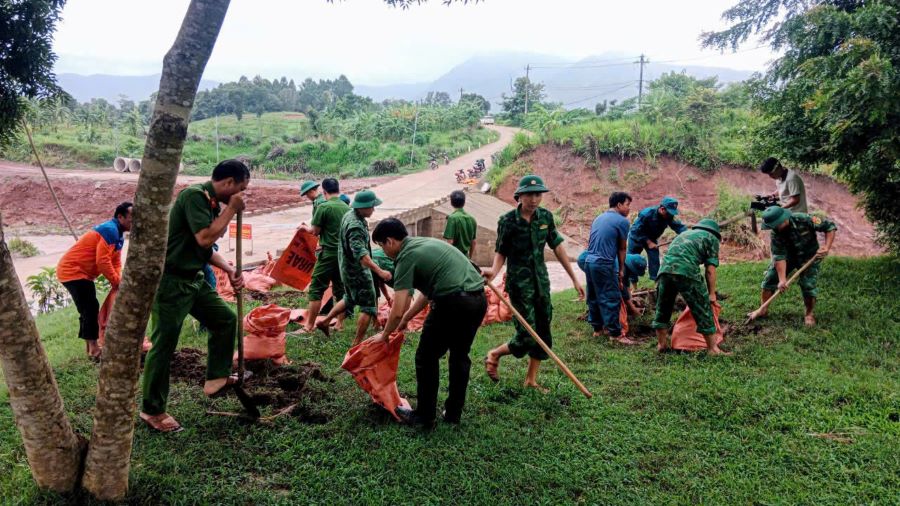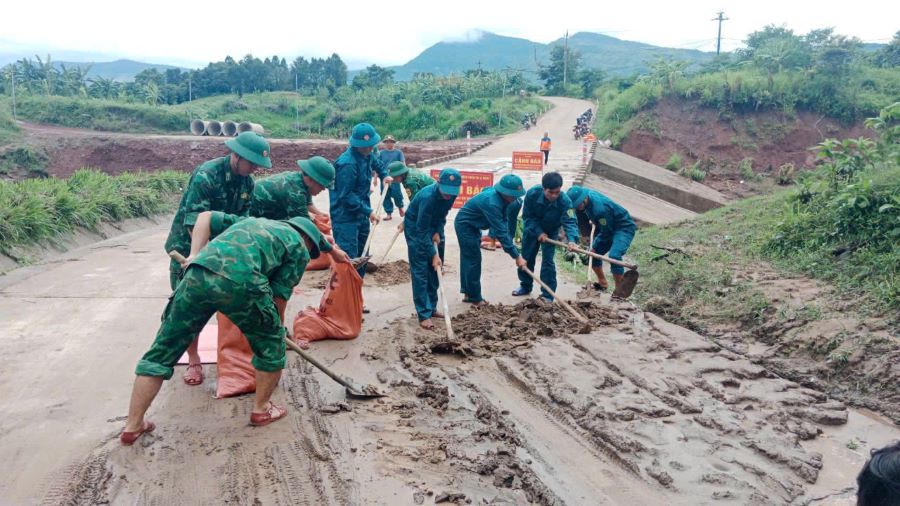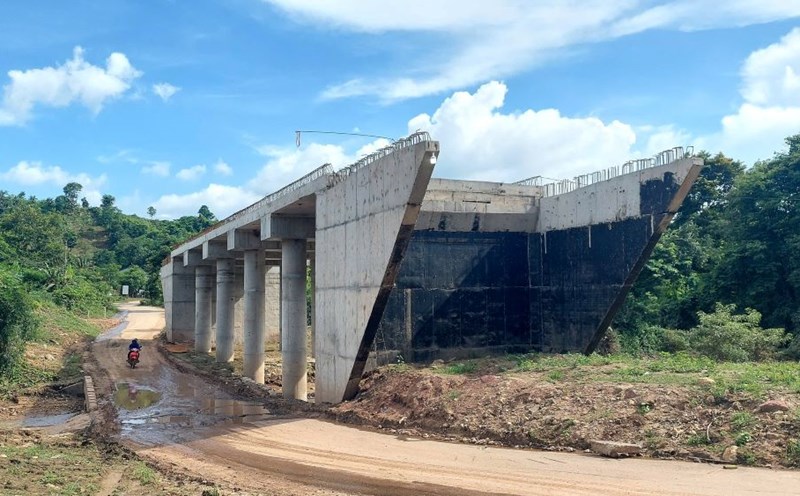On July 28, in lia commune (Quang Tri province), dozens of officers and soldiers of the Border Guard, Commune Police and militia were mobilized to vulnerable locations to clear rocks and soil, clear the flow and reinforce the subsidence locations after the floodwaters receded.
In the Thanh O village overflow bridge area - which was once cut off due to deep flooding, nearly 50 officers and soldiers actively cleared mud, put up warning signs and organized traffic flow to ensure safety for people.
Mr. Ho Van Thu - head of Thanh O village said: "With support forces, people are very happy because the workload after the flood is very large. Thanks to that, travel is more convenient, and daily activities are gradually stabilizing again".

Not only ensuring initial traffic, on-site forces also sent to households that were severely affected to support house cleaning, especially giving priority to cases of lonely elderly people and households without owners. Before, during and after the flood, all units have arranged forces on duty 24/7, ready to respond to all situations.
Mr. Tran Dinh Dung - Chairman of the People's Committee of lia commune said: "We have mobilized maximum forces in the locality, closely coordinating with armed units to support the people. Up to now, the roads and residential areas have been basically handled, helping people feel secure in their lives".

In Huong Phung commune, Huong Phung Border Guard Station sent officers to Ms. Ho Thi Ron's household (born in 1979) to mobilize and support her family to move out of the area behind her house at risk of landslides.
Meanwhile, Ba Nang Border Guard Station coordinated with Dakrong commune authorities and people to repair sections damaged by floods on the border patrol route, the section passing through Ra Poong village and Sa Tram village.
Previously, heavy rain from July 26 to 27 caused many roads in the southern border communes of Quang Tri province to be cut off due to flooding and landslides. Currently, the authorities of the communes are continuing to monitor weather developments, proactively evacuate plans, and ensure maximum safety for people during the rainy season.











